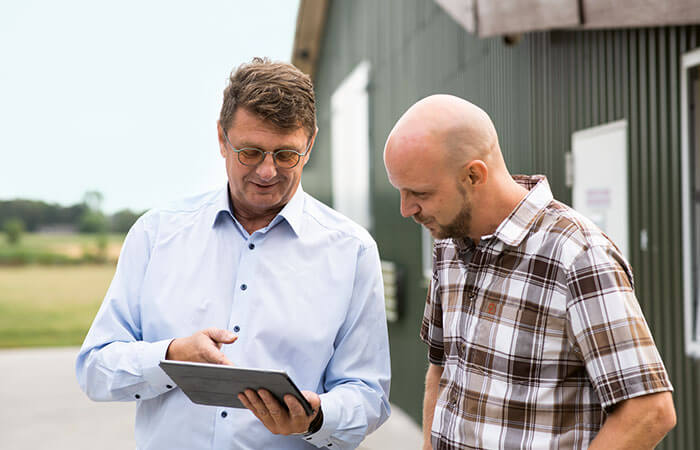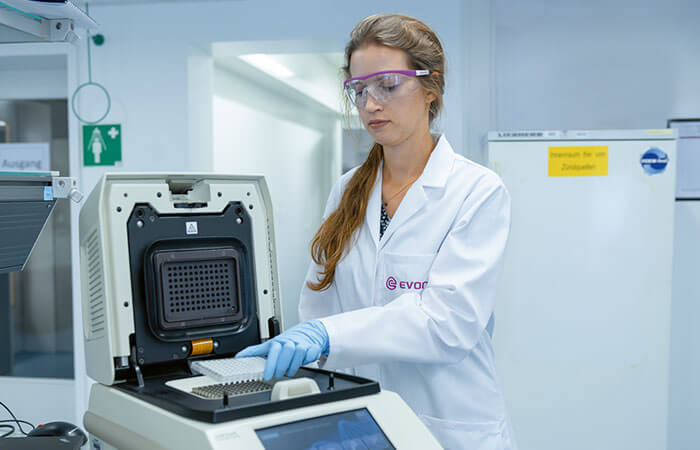
Omega-3 fatty acids
Small Algae, Big Effect
Many people do not consume enough omega-3 fatty acids. What can help? Microalgae from the ocean.

Nutrition
A Plentiful and Sustainable Diet
Nearly ten billion people will be living on the planet in 2050—but what will all these people eat?

Dossier
Food for Future
Smart technologies, digitalization, and customization: How the world’s growing population can have healthy and sustainable nutrition?

Dietary supplements
A good supplement for a healthy diet
Dietary supplements such as MEDOX® and MYOLUTION® help to offset deficits in our daily diets.
ELEMENTS Newsletter
Get fascinating insights into the research Evonik is conducting, and its social relevance, by subscribing to our free newsletter.









